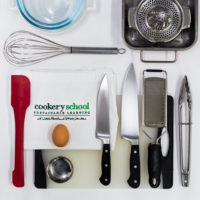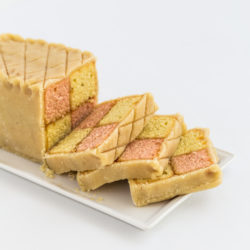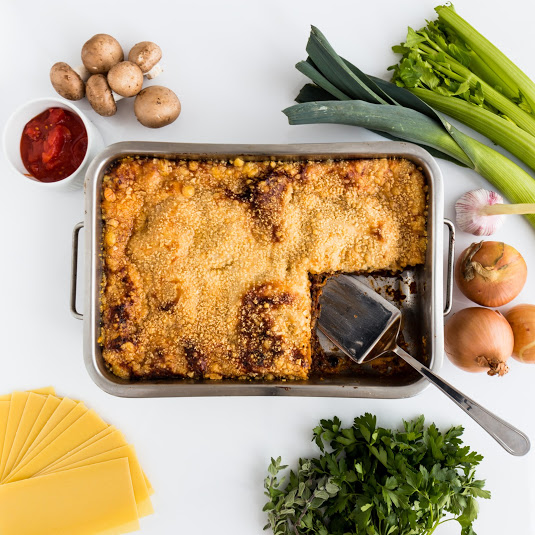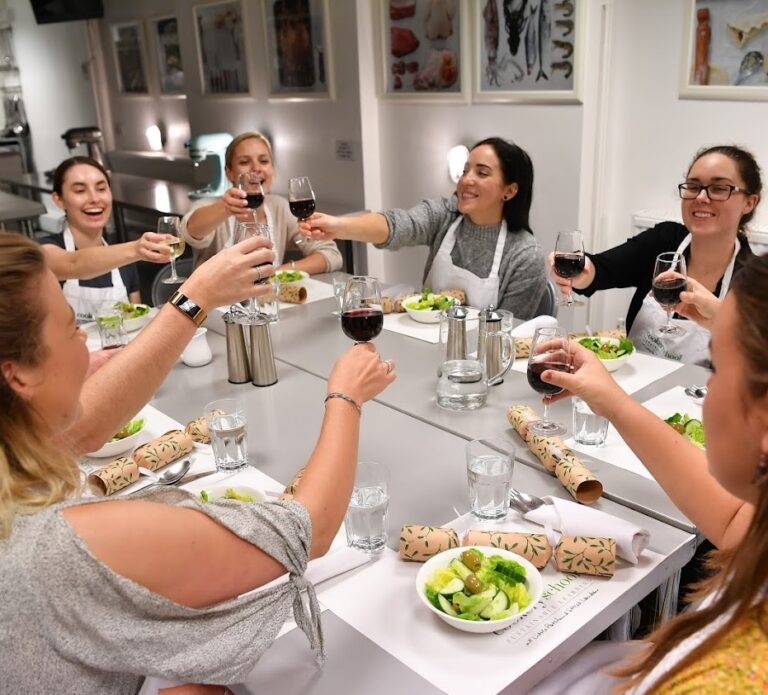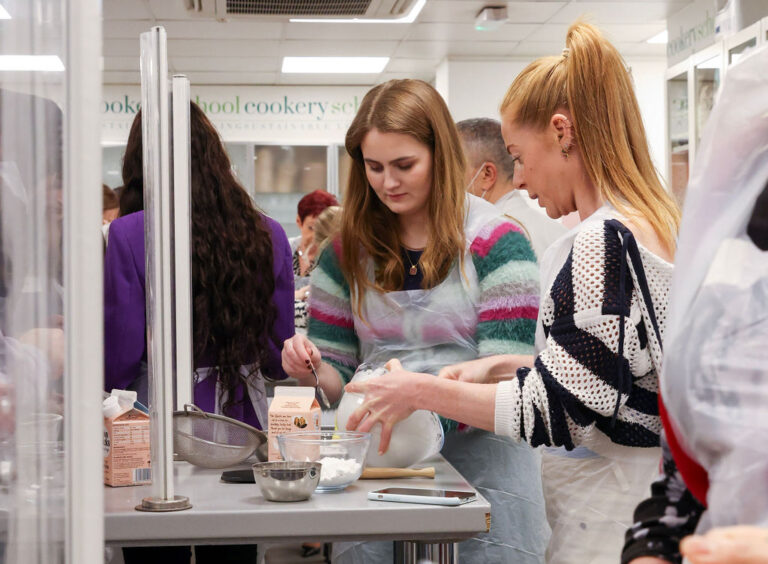RECIPE : Crème caramel
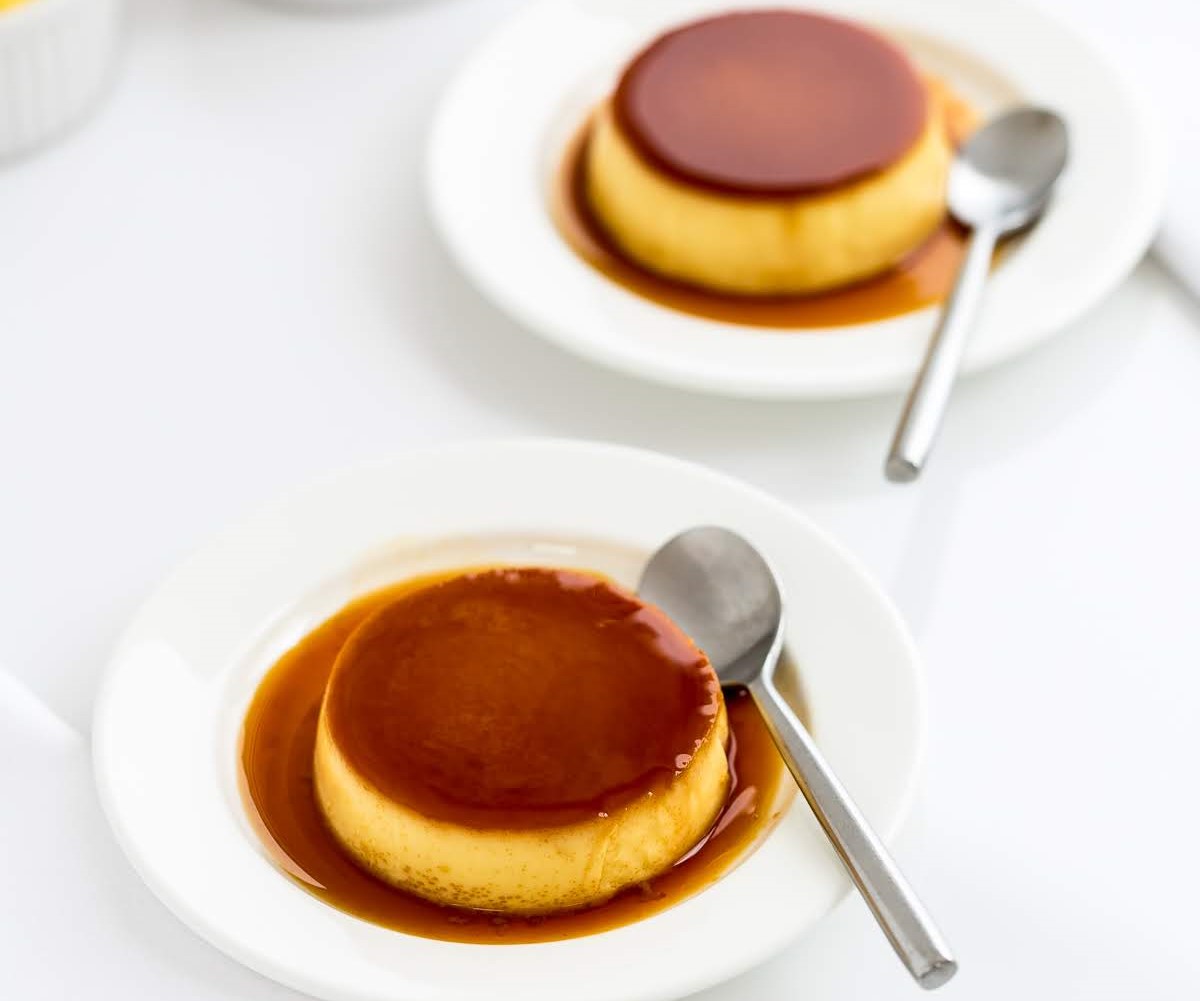
At Cookery School we teach to empower so that everyone has the confidence to replicate recipes again and again at home. We also teach by principle – if you can understand how to make custard, you can make a whole range of different desserts using the same principle.
Crème caramel
Ingredients
Caramel
1 cup sugar – white sugar is easier to use
Custard
5 eggs
2 cups milk
¼ cup sugar
grated nutmeg
pinch of salt
½ teaspoon vanilla extract (not essence)
METHOD
Caramel
1. Place the sugar in a heavy bottomed saucepan over a low heat. Allow to cook, stirring gently – only if necessary , until all the sugar granules have disappeared. When the sugar has melted and turned to a golden caramel with a very slight haze rising from it, it is ready for use. If you use it too pale, the caramel has little flavour and if it is too black/brown then the caramel is bitter.
2. Pour the liquid caramel into the bottom of a dish that is able to take just over one pint of liquid or into individual ramekins. Take care not to touch the caramel since it is very hot at this stage.
3. The caramel will set hard on the bottom of the dish on contact.
Custard
1. Place the milk in a saucepan and bring to the boil.
2. While the milk is coming up to the boil, place the eggs and sugar in a bowl and beat until well mixed.
3. IMPORTANT Pour the boiling milk VERY SLOWLY onto the egg and sugar mixture. At first pour the milk only a few drops at a time and gradually pour it in faster, beating the mixture with a whisk all the time. This ensures that the mixture does not curdle. If added too rapidly, the eggs would curdle and an omelette of sorts would be produced. If the eggs were poured into the hot milk, the effect would also be disastrous. By pouring the hot milk very slowly onto the egg mixture a smooth custard will result.
4. Add the pinch of salt and vanilla essence to the mixture.
5. Using a large strainer, strain the custard onto the hardened caramel in the baking dish/es.
6. Sprinkle grated nutmeg over the top of the custard.
7. Place the dish/es of custard in a larger baking dish and pour boiling water around it up to half the height of the custard dish. This water bath stops the custard over heating whilst cooking.
8. Bake at a temperature of 160ºC/325ºF for + 45 minutes for a single large custard or for about 25 – 30 minutes for ramekins or until a knife inserted in the centre of the custard comes out clean. IMPORTANT The custard has to be baked at a low temperature to avoid curdling and to achieve a good, smooth texture. If the custard is baked in too hot an oven, the texture will be spongy.
9. Allow to cool to room temperature. You can serve it when it is cool but if you wish to turn it out, you must refrigerate. It must also be refrigerated if it is not going to be used immediately.
10. The ramekins can also be turned out so that the caramel is on the top of the custard. To do this, run a knife around the rim of the dish, invert and turn out onto a plate.
11. Serve cold on their own or with either whipped or pouring cream.
We are over on social media too, we’d love you to tag us @cookeryschoollondon in any of your food making, watching or reading adventures!
>>>
Find our more about our sustainability practices here
Browse our cookery classes here
Sign up for our September Cook’s Certificate here
Sign up for our newsletter here to keep in touch, and to find out about our upcoming courses, and offers.
Category
Recipes
